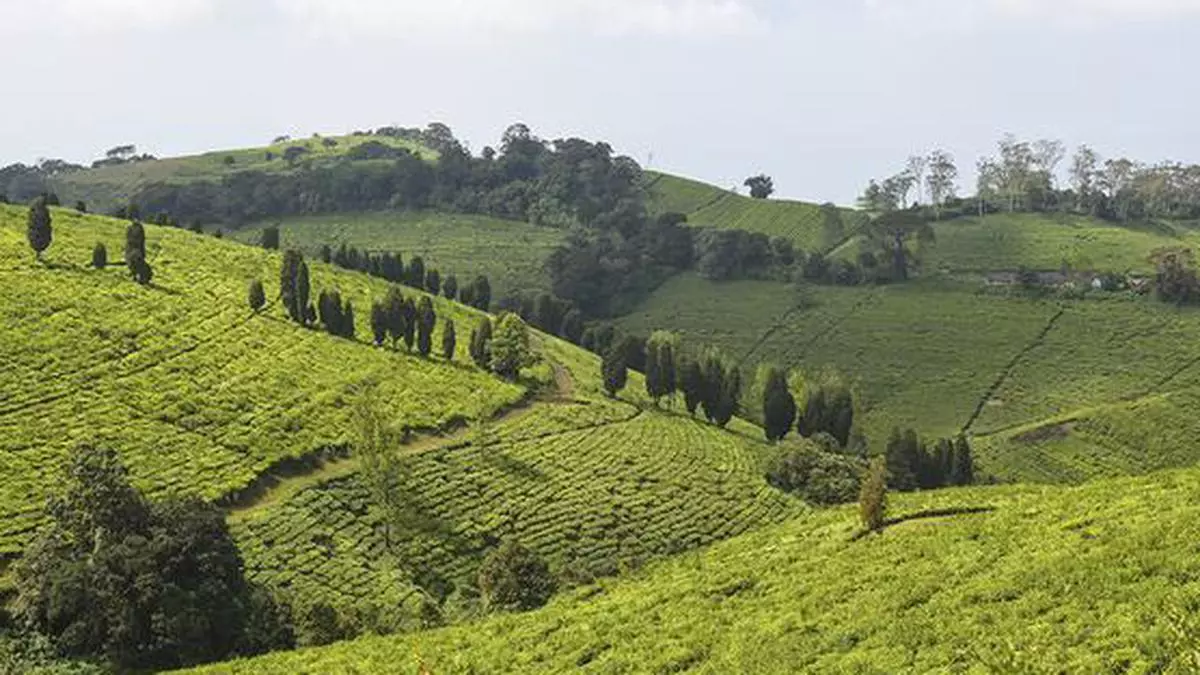Rain deficiency hits South India tea production, leading to low auction arrivals
The South Indian tea plantations are reeling under a drought-like condition, witnessing a significant drop in production, a senior official in a tea manufacturing company has said.
The absence of summer rains in January, February, March, and April has made things worse, leading to an unprecedented drought in plantations. Tea leaves have started wilting in many plantations in the high ranges and the emerging situation has led to the destruction of bushes, resulting in crop damage, the official said.
The production drop is evident in the arrival of teas in the auction platform where the offered quantity in Kochi auctions in sale 17 was lower, with 7,84,671 kg in CTC dust.
According to the official, the declining trend in the auction platform is likely to continue in May as the production was 40 per cent lower compared to last year. The South Indian tea industry is paying heavily in the current situation as the production has not moved up.
Meanwhile, a strong demand for good liquoring teas in CTC has pushed up prices, with average prices resulting in an increase of ₹2 per kg at ₹140 compared to ₹138 per kg in the previous week.
Traders said the auction platform is witnessing lower arrivals with liquoring teas becoming dearer. All blenders together absorbed 63 per cent of the quantity sold. The arrivals for the forthcoming week are also showing a declining trend, reportedly because of the climatic conditions in the production centres.
The quantity offered in orthodox dust was 7,500 kg with a sales percentage of 100. All grades are firm to dearer with exporters becoming the main stakeholders, the auctioneers Forbes, Ewart & Figgis said.
Orthodox leaf market witnessed a strong demand with a sales percentage of 97 out of the offered quantity of 1,82,846 kg. Exporters to CIS and Middle East countries lent useful support, but operated at lower levels. Upcountry exporters were more active compared to traditional shippers.
CTC leaf also witnessed a strong demand with a sales percentage of 96 out of the offered quantity of 36,000 kg.
